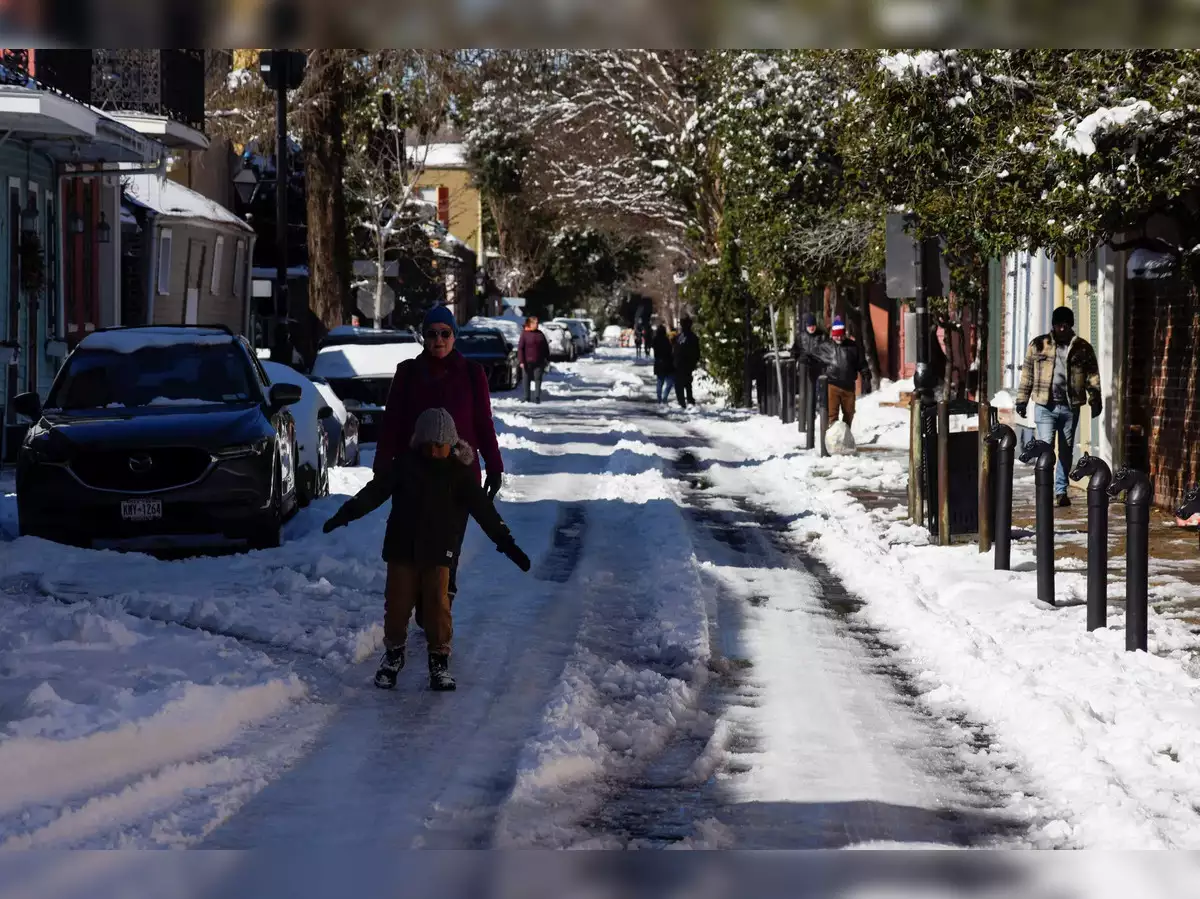North Carolina is gearing up for its first major winter storm of the season, with a mix of snow, sleet, and freezing rain set to arrive by Wednesday morning. Some areas could see up to 3 inches of snow, while others will be dealing with dangerous ice accumulations, making travel difficult and increasing the risk of power outages.
With a storm like this, preparation is key. Here’s what you need to know.
How Much Snow and Ice Are We Getting?
According to the National Weather Service, the storm will begin early Wednesday morning, with snowfall expected in central and northern North Carolina. Areas north of Interstate 40 are likely to see up to 3 inches of snow, while southern and central counties will get a mix of sleet and freezing rain.

The real concern? Ice. Some areas, especially in the western part of the state, could see up to a quarter-inch of ice accumulation—enough to weigh down power lines and trees, potentially causing power outages and dangerous road conditions.
When Will the Storm Arrive?
- Wednesday Morning: The morning commute will be slick due to light snow and sleet falling before sunrise.
- Wednesday afternoon: Especially in the central and southern regions, the snow may turn to freezing rain, resulting in ice-covered power lines, sidewalks, and roadways.
- Wednesday Night: The storm continues, with more snow in the north and freezing rain in the south before tapering off early Thursday morning.
Travel Will Be Dangerous—Here’s What You Should Do
- Stay Off the Roads – If you don’t have to drive, don’t. Even a small layer of ice can turn roadways into skating rinks, and it is far more difficult to manage than snow.
- Prepare an Emergency Kit: In case you are stranded while traveling, have food, drink, blankets, and a flashlight in your vehicle.
- Stay informed: Since circumstances can change quickly, check local weather reports often.
Could the Power Go Out?
With ice accumulating on power lines, outages are a real possibility. Here’s how to prepare:
- Charge your devices now, so you’re not scrambling if the power goes out.
- Stock up on blankets, flashlights, and batteries in case of extended outages.
- Know where warming shelters are in case your home gets too cold.
How to Prepare Now
- Check on your neighbors – Elderly residents or those with medical needs may need extra help.
- Stock up on groceries and essentials before the storm arrives.
- Make sure your pets are safe – Bring them inside before the worst of the storm hits.
What Happens After the Storm?
Even after the snow and ice stop falling, cold temperatures could keep roads frozen into Thursday morning. Black ice will be a major concern, especially on bridges and overpasses.
